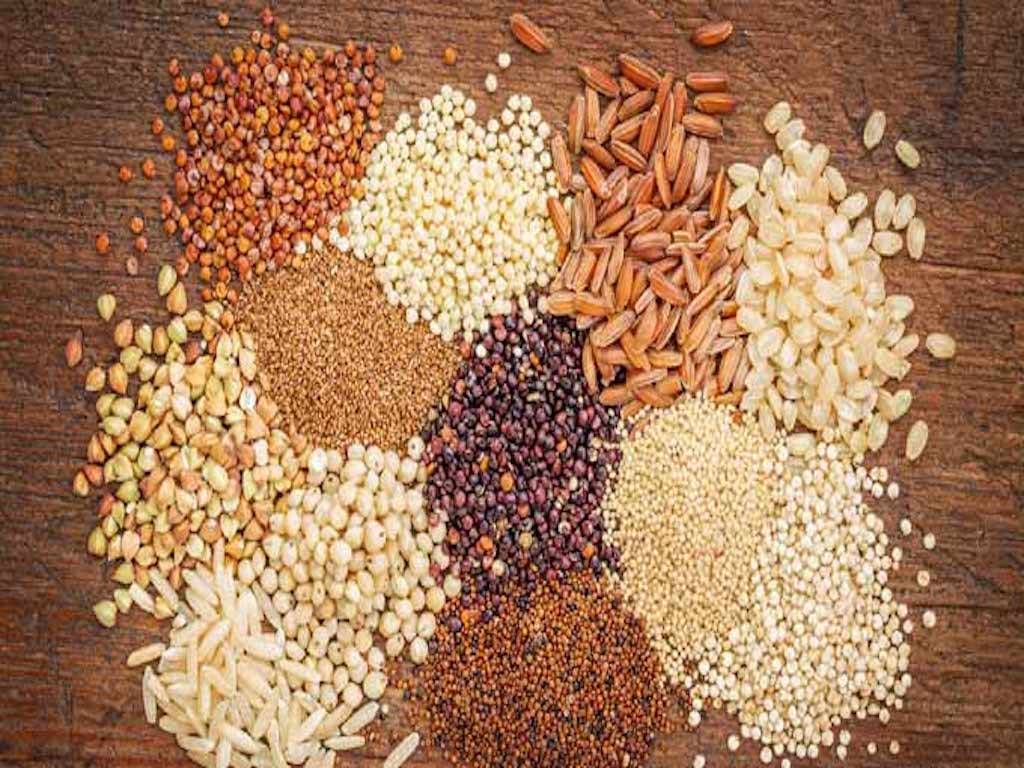
The United Nations General Assembly recently jointly adopted a proposal proposed by India, Bangladesh, Kenya, Nepal, Nigeria, Russia, and Senegal to designate 2023 as the "International Year of Millets."
Millets, which are nutritionally and ecologically important and considered beneficial conventional crops, would benefit from this change. Wheat and rice are the two most important food crops, as shown by recent farm protests. Since the mid-1960s, when the green revolution-led agricultural policy put so much emphasis on food crops, these have been regarded as forerunners of food security.
However, since the techniques were not comprehensive, this emphasis shifted to excluding bio-diversity values and crop diversification, resulting in a dominant mono-cropping trend. This aided consumerist eating practices even more. It also posed an environmental risk because high-yielding wheat and rice varieties used more fertilizer and fertiliser, resulting in higher production costs.
This essay looks at how bolstering initiatives around millets' value chain can be one of the most successful ways to resolve agricultural challenges, particularly for woman farmers.
Future-oriented foods
Millets, according to the Food and Agriculture Organization, are typical grasses or crops that are suited to arid habitats and thrive under drought-like conditions. Millet farming directly contributes to habitat restoration and conservation. This is one of the reasons why women farmers are ideally qualified to be ambassadors for millet production, considering their ecological sensitivity and strong links to climate conservation.
They also excel in implementing seed sovereignty and water management concepts throughout the board. These millet cultivation and sustainable development goals, especially those related to agriculture and sustainable production and consumption, can be achieved through the creation of incentives aimed at promoting women farmers. It has been said that one kilogram of rice needs about 4,000 litres of water to manufacture. Millets like jowar, on the other hand, take very little water.
Minor millets like kodo, kutki, and sama rice were grown by many of the farmers I met in the central Indian plains. Until recently, few attempts were made to promote millets, owing to the existence of an entire market centered on wheat and rice. As a result, increasing millet cultivation would motivate the average farmer while also achieving the goals of increased income and crop diversification.
Rural sector diversification
Millets such as jowar, bajra, and ragi have dominated urban consumption baskets in recent years, either through direct cooking or, more generally, through penetration of fast-moving consumer goods. Some common millet-delicacies include ragi cookies, bajra biscuits, jowar namkeen, and traditional millet halwa, upma, jhunka, and bhakri. Seeds, whole grains, and cereals that aren't unique to Indian geography or cuisine have made their way in. Quinoa is a good example of a food that is gaining popularity in urban diets.
As a result, indigenous crops must gain more recognition and funding as part of the ‘Vocal for Local' movement. Empowering women farmers and self-help groups (SHGs) with innovative packaging methods, agro-marketing, financial literacy, and other entrepreneurship skills is a sustainable way to do this.
Though district administrations encourage packaged millet foods such as cookies, millet snacks, and namkeen, partnerships with programs such as the National Rural Livelihoods Mission and an emphasis on the development of an appealing value chain are needed. Packaging and processing techniques must come first in attempts to increase demand in metropolitan areas and commercial centers.
‘Immunity foods' have gained popularity since the emergence of the novel coronavirus disease. Micronutrient-rich millets are ideal replacements in this sense for reviving our conventional food systems while preserving ecological balance with nature.
To encourage the cultivation of kodo, kutki, and ragi millets, the Chhattisgarh government recently declared a minimum support price.
The road ahead
Making millet production appealing by incorporating millet cultivation in areas where farmers' misery is evident is one way to double farm incomes and promote farm diversification. Cotton dependence is well-known among Vidarbha's farmers and economy, especially in the arid zones. Maharashtra's district is also known as the "Farmer Suicide Capital."
Encourage cotton farmers to diversify into millet production after thorough feasibility studies and farmer input is perhaps one of the most significant solutions. Vidarbha was traditionally known for its millet farming, which was aided by the region's rain-fed agricultural landscape. Such a program will secure the interests of ordinary farmers who are stressed and in debt as a result of the high cost of cotton, as well as help woman farmers participate in sustainable agriculture.
Dedicated programs with adequate training and capacity-building activities that encourage farmers to diversify their crops away from loss-making crops and toward millets may be a timely way to bring farmers out of the region's distress.











